Written by: Ashlyn Rodrigues
Butterflies are one of the many great pollinators for flowers. Pollinators are any kind of animal or insect that help carry pollen from the male part of a flower to the female part (it could be the same flower or a different one). Humans can actually be pollinators too! Pollinators are very important because the movement of pollen is essential so that the plant can produce fruits and seeds. Many flowers can attract pollinators with their nectar. In return for the nectar, the flower will deposit pollen on the insect or animal that lands on it.
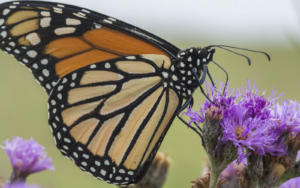
Butterflies are beautiful insects with large wings that are often colourful and vibrant. They are mostly active during the day, and they visit numerous wildflowers everyday. Although their sense of smell isn’t all that great, they have very good vision. There are thousands of different species of butterflies; imagine how many pollinators! Some of the butterfly species include: the monarch butterfly, the red admiral, the mourning cloak, the viceroy, and the black swallowtail. There are also certain plants that butterflies especially love, four in particular being: milkweed, wild blue phlox, tall blazing star, and sage.
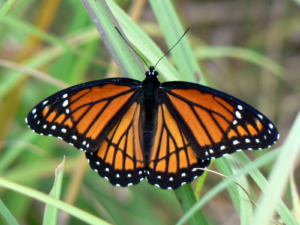
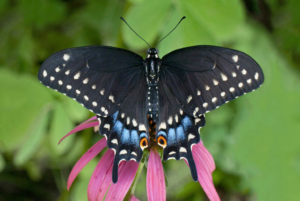
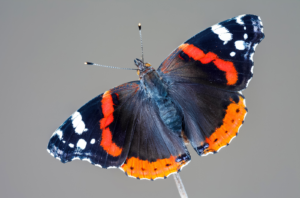
Butterflies aren’t one of the major pollinators, though they are still very helpful! They have limited contact with pollen since they tend to sit at the edges of flowers, so they do not carry and transport large amounts of it. But butterflies happen to play an important role when it comes to cotton flowers. A recent study showed that butterflies are one of the insects that cross-fertilize cotton flowers that bees don’t visit, and as a result help add about $120 million per year to cotton harvest in Texas alone.
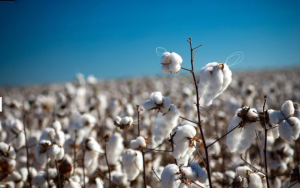
There are many ways you can support butterflies in your garden. One of the most important things is to plant flowering plants that are local to your area. These plants provide butterflies with the nectar and/or foliage that they need. Butterflies are especially attracted to red, orange, pink, yellow, and purple blossoms that are flat-topped or clustered and with short flower tubes, so plant those! Try your best to completely avoid insecticides, since they are obviously made to kill insects. You could also provide some place for the butterflies to rest and drink water; you can do this by placing flat stones in your garden for them to rest and get some sunlight. In conclusion, butterflies are very useful insects, and we must do all that we can to support them and protect them!
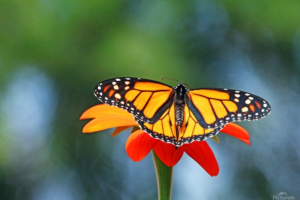
Sources:
https://seeds.ca/sw8/web/pollination/pollinator-profiles/butterflies-and-moths
https://study.com/academy/lesson/what-are-pollinators-types-importance-examples.html
https://www.fs.fed.us/wildflowers/pollinators/animals/butterflies.shtml
https://www.nwf.org/Garden-for-Wildlife/Wildlife/Attracting-Butterflies

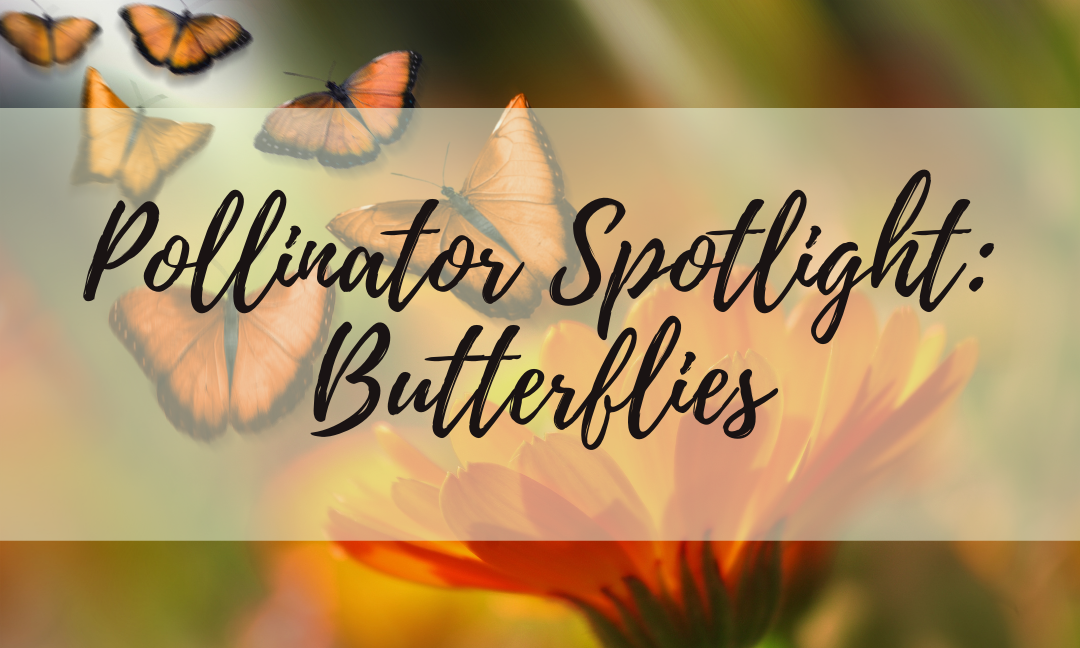
Very well written Ms. Ashlyn Rodrigues! This brings back fond memories from my days at school. We had a beautiful garden and it was filled with beautiful butterflies. I hope you continue to work on this blog! I assure you that you have a committed follower and fan in me!
Thank you for bringing back my childhood memories, I look forward to your next post.
P.S. I would love it if you would write something on Salmon Species in Canada and the lifecycle! I am told it is a very interesting topic.
Well written and quite informative 👍
Awesome work Ashlyn, detailed study and very informative. Kim loves butterflies so she will be amused to read this. Keep up the awesome work 👏🏻👏🏻👏🏻👌👌